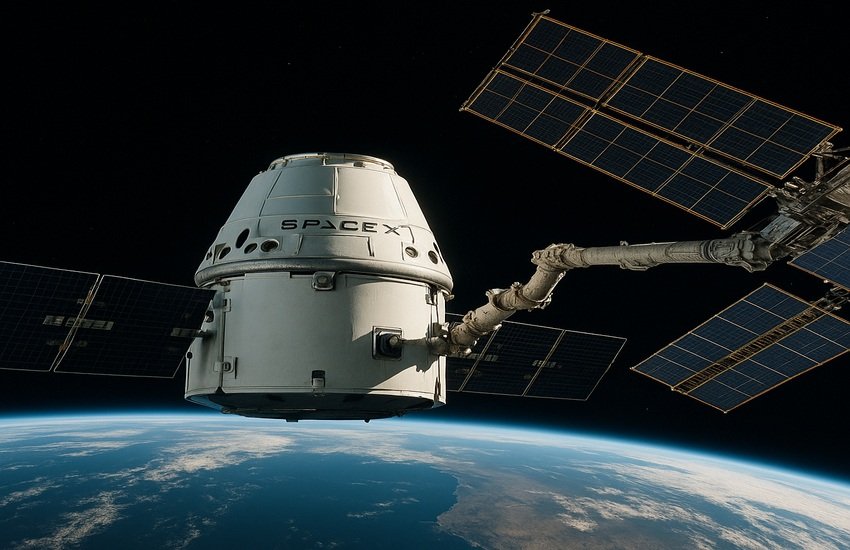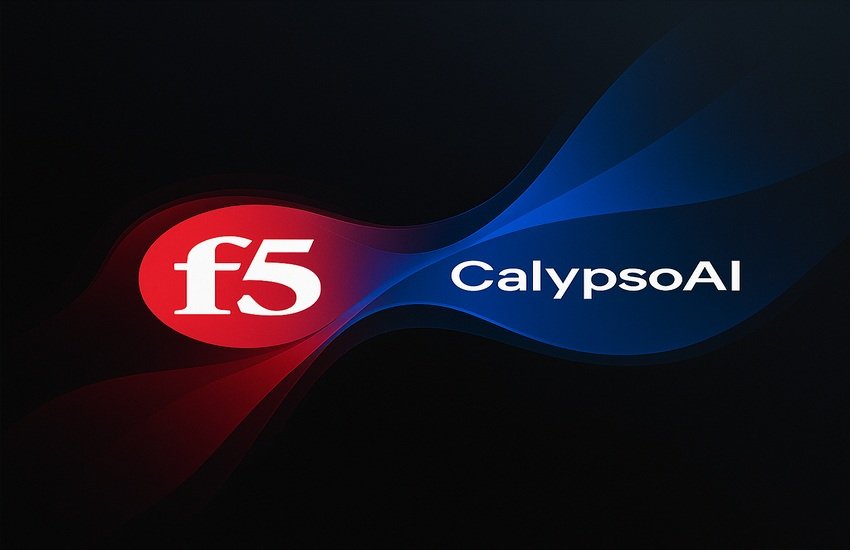On September 8, 2025, EchoStar made headlines by announcing a landmark $17 billion agreement to sell its AWS-4 and H-block wireless spectrum licenses to Elon Musk’s SpaceX. The deal, split evenly between cash and stock, marks SpaceX’s largest financial outlay to date and signals a dramatic push into the cellular connectivity space. In addition to the spectrum acquisition, the agreement includes a long-term commercial arrangement between the two companies, enabling EchoStar’s Boost Mobile users to access Starlink’s Direct-to-Cell satellite services. The acquisition also comes on the heels of a $23 billion spectrum deal between EchoStar and AT&T, which allowed EchoStar to stabilize its debt-heavy balance sheet. Facing mounting regulatory pressure from the FCC to actively deploy or divest its underutilized licenses, EchoStar has opted to offload key assets. As traditional telcos like AT&T and T-Mobile react to the implications, this acquisition could redefine how mobile data is transmitted—by blending terrestrial and orbital infrastructure.
Transforming Starlink Into A Direct-To-Device Powerhouse
The AWS-4 and H-block licenses are uniquely valuable because they support ground-based 5G broadband as well as satellite-to-cell connectivity. For SpaceX, which already operates over 8,000 low-Earth orbit satellites under its Starlink division, these licenses represent a critical enabler to directly link conventional smartphones with its satellite network. Unlike typical Wi-Fi setups or terrestrial towers, Starlink’s Direct-to-Cell service will allow mobile users to stay connected in remote and underserved regions without additional hardware. This deal also provides SpaceX with internationally recognized and domestically secured spectrum rights—facilitating not just technical deployment but regulatory compliance. The licenses eliminate a key bottleneck for global expansion by granting frequencies compatible with cellular handsets and enabling seamless terrestrial-satellite handoffs. Although SpaceX already has a direct-to-device agreement with T-Mobile, owning exclusive spectrum through EchoStar positions it to build a standalone offering or selectively lease spectrum to regional carriers. The strategy reduces dependence on telecom partners, speeds up product rollout, and enhances monetization potential through both retail and wholesale channels. With this deal, SpaceX not only gains technical capability but also spectrum independence—critical for scaling a vertically integrated space-to-mobile business model globally.
Easing Regulatory Pressure & Capturing Undervalued Assets
From EchoStar’s perspective, the sale of AWS-4 and H-block spectrum licenses is a regulatory escape hatch. The FCC, citing underutilization of its holdings, warned EchoStar in May 2025 of potential revocation of its licenses. Forced into a use-it-or-lose-it dilemma, EchoStar initiated discussions with multiple players including T-Mobile and Verizon, ultimately reaching a deal with AT&T for $23 billion and now with SpaceX for $17 billion. For SpaceX, this regulatory backdrop presented an opportunity to acquire high-value spectrum without the uncertainty of FCC auctions. The assets had appreciated significantly: New Street Research noted that AT&T’s $23 billion purchase was $9 billion above EchoStar’s original acquisition cost and $5 billion above its appraised value. SpaceX is paying a premium but is receiving strategic value in return. It also benefits from FCC support, as the agency is keen to see fallow spectrum put to active use. Furthermore, as part of the deal, SpaceX agreed to assume $2 billion in EchoStar’s debt interest payments, giving EchoStar breathing room and a cleaner balance sheet. In return, SpaceX receives long-term spectrum rights and regulatory goodwill, placing it on stronger footing for future negotiations with global telecom regulators. The transaction thus represents more than asset acquisition—it’s a strategic maneuver to secure regulatory and political alignment in a heavily monitored industry.
Building Competitive Moats & Undermining Rivals
The acquisition significantly weakens the strategic positions of telecom incumbents, especially those exploring direct-to-device satellite partnerships. AST SpaceMobile, a key Starlink competitor in the satellite-cellular space, saw its stock drop nearly 4% following the announcement. Likewise, shares of Verizon, T-Mobile, and AT&T also declined due to concerns over rising spectrum costs and intensified competition. Though T-Mobile already has a direct-to-cell partnership with SpaceX, analysts now question the longevity of that alliance given SpaceX’s newfound spectrum independence. Blair Levin of New Street Research highlighted potential conflicts of interest as EchoStar and SpaceX deepen their integration. By owning the spectrum, SpaceX can selectively decide which carriers to support and under what terms, effectively leveraging its market position as both service provider and gatekeeper. This dual role could create friction with telcos that had previously considered SpaceX a complementary partner. Additionally, Boost Mobile—EchoStar’s prepaid brand—now has access to Starlink connectivity, instantly becoming a more viable alternative in rural and underserved markets. This shift undermines traditional carrier pricing power and coverage claims. As EchoStar exits the infrastructure game to become a mobile virtual network operator (MVNO) supported by Starlink, it also aligns its commercial interests with SpaceX, creating a more unified market attack. In the long term, this could force legacy providers to accelerate 5G densification at greater cost or risk losing market share in low-margin geographies.
Accelerating Capital Efficiency & Global Expansion
One of the most overlooked but powerful synergies of the SpaceX-EchoStar deal is capital efficiency. By acquiring spectrum from a distressed seller under regulatory pressure, SpaceX avoids the capital intensity of FCC spectrum auctions and leapfrogs years of network planning. The AWS-4 mid-band licenses can be deployed quickly using existing infrastructure; most modern radio access networks support the band with minimal software upgrades. Additionally, SpaceX can begin limited operations before the deal’s formal closure through a lease arrangement disclosed by EchoStar, pending regulatory approval. This dramatically shortens time-to-revenue and enhances return on invested capital (ROIC). The spectrum also acts as a foundation for global partnerships. SpaceX has publicly committed to working with international carriers, and owning spectrum licenses strengthens its negotiating power with national telecom regulators and infrastructure providers. As national policies increasingly favor shared satellite-terrestrial networks for disaster response, rural coverage, and national security, owning spectrum allows SpaceX to present a compliant, ready-to-deploy alternative. The integration of Boost Mobile subscribers into Starlink’s satellite network provides an immediate customer base for testing and monetizing Direct-to-Cell services. Furthermore, EchoStar’s prior termination of its own satellite network plans—scrapping a deal with Canada-based MDA—eliminates competitive friction and contractual liabilities for SpaceX. All these factors contribute to an accelerated global rollout strategy that is capital-light, asset-backed, and first-mover advantaged in a market projected to be worth tens of billions.
Key Takeaways
EchoStar’s AWS-4 and H-block licenses offer a rare mix of regulatory clarity, technical compatibility, and geographic reach—making them attractive acquisition targets for SpaceX as it moves deeper into the wireless market. The synergy potential spans direct-to-device services, wholesale partnerships, spectrum monetization, and capital-efficient deployment. However, the transaction is not without its complexities. Regulatory scrutiny remains a hurdle, especially regarding spectrum concentration and MVNO dynamics. Additionally, while the asset is strategic, the financial premium paid by SpaceX is substantial, particularly in light of EchoStar’s historical performance and valuation metrics. As of September 2025, EchoStar trades at an LTM EV/EBITDA multiple of 35.25x and an EV/Revenue of 3.18x—well above its June levels of 21.23x and 2.11x, respectively. These elevated multiples reflect high deal-driven expectations rather than operational performance. Whether this valuation proves justified will depend on execution by both SpaceX and EchoStar under their new commercial alignment. The strategic rationale is compelling, but actual value realization remains contingent on timely deployment, regulatory alignment, and partner integration.





